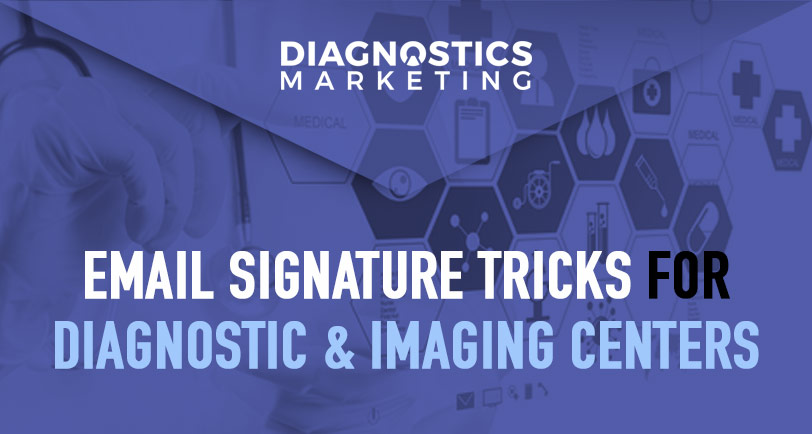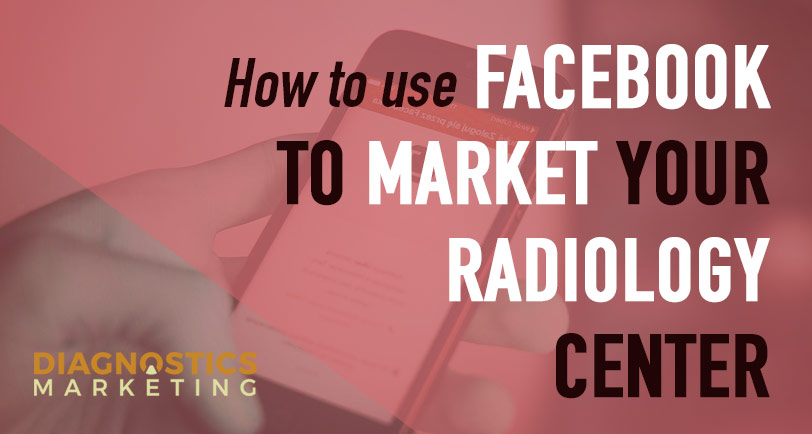Many diagnostic imaging centers print referral cards for providers, which they can give to patients that they refer to your facility.
If you’re not providing referral cards or pamphlets to your referring physicians, now is a great time to start.… Continue reading







